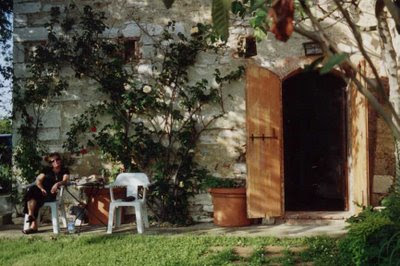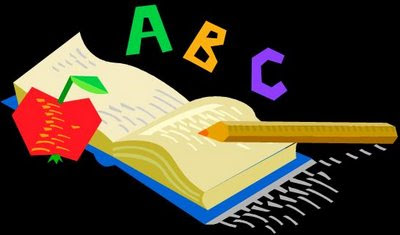A Moment For Memoir
BIG MISTAKE From a list of significant events in the process of growing up I now recall that I missed a few. I didn’t go to kindergarten and I didn’t join the cubs because the waiting list was so long. I would have been too old by the time my turn came round anyway. I never had my own paper round and I never got conscripted for national service. I did however have my first cigarette at the age of nine. Along with some other boys we went through a packet of cigarettes one Saturday morning whilst walking through the Elster Creek drain. It ran underground between East Bentleigh and Carnegie, making it an ideal place for clandestine pursuits. I returned home that afternoon to be greeted by my father who viewed me suspiciously before asking ‘Have you been smoking?’ -A fairly simple and straightforward question. To which I answered succinctly and without hesitation ‘No.’ My father followed up with ‘Well, what happened to your eyebrows, they’re all singed and burnt?’ to which I replied ‘I don...




